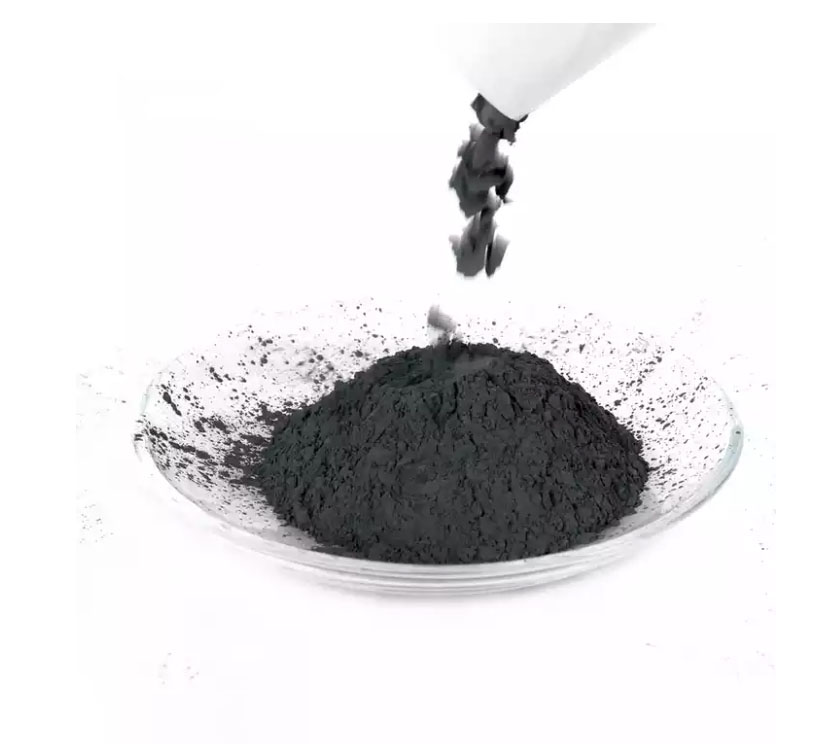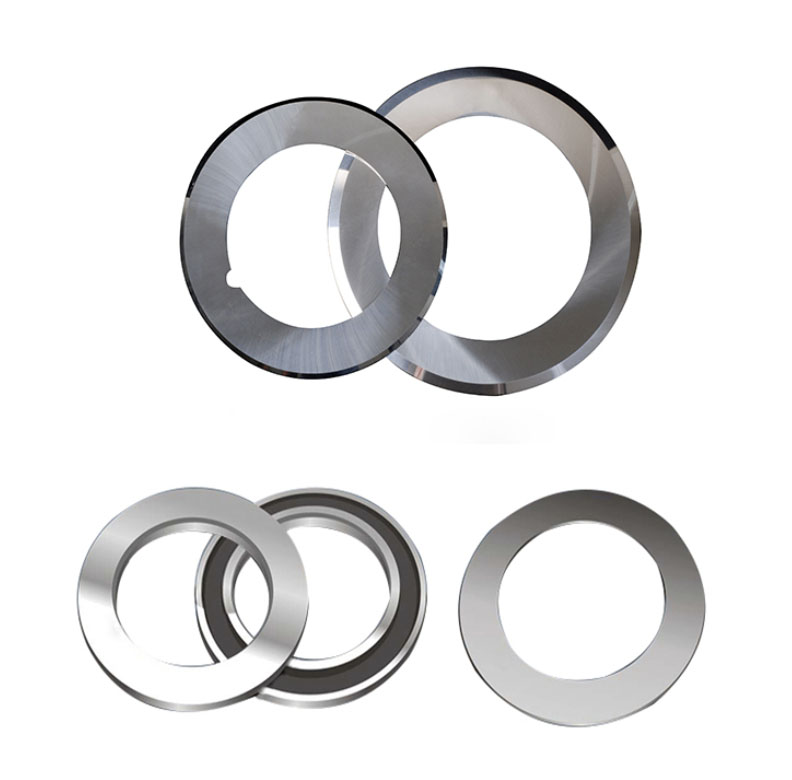Cemented carbide is an alloy material made of hard compounds of refractory metals and bonding metals by powder metallurgy process. It is usually made of relatively soft bonding materials (such as cobalt, nickel, iron or a mixture of the above materials) plus hard materials (such as tungsten carbide, molybdenum carbide, tantalum carbide, chromium carbide, vanadium carbide, titanium carbide or their mixtures).
Cemented carbide has a series of excellent properties, such as high hardness, wear resistance, good strength and toughness, heat resistance, corrosion resistance, etc., especially its high hardness and wear resistance, which remain basically unchanged even at 500 ℃ and still have high hardness at 1000 ℃. In our common materials, the hardness is from high to low: sintered diamond, cubic boron nitride, cermet, cemented carbide, high-speed steel, and the toughness is from low to high.
Cemented carbide is widely used as cutting tool materials, such as turning tools, milling cutters, planers, drill bits, boring cutters, etc., for cutting cast iron, non-ferrous metals, plastics, chemical fibers, graphite, glass, stone and ordinary steel, and also for cutting heat-resistant steel, stainless steel, high manganese steel, tool steel and other difficult to machine materials.

Cemented carbide has high hardness, strength, wear resistance and corrosion resistance, and is known as "industrial teeth". It is used to manufacture cutting tools, cutting tools, cobalt tools and wear-resistant parts. It is widely used in military industry, aerospace, machining, metallurgy, oil drilling, mining tools, electronic communication, construction and other fields. With the development of downstream industries, the market demand for cemented carbide is increasing. And in the future, the manufacturing of high-tech weapons and equipment, the progress of cutting-edge science and technology and the rapid development of nuclear energy will greatly increase the demand for cemented carbide products with high-tech content and high-quality stability.
In 1923, schlerter of Germany added 10% - 20% cobalt to tungsten carbide powder as binder, and invented a new alloy of tungsten carbide and cobalt. Its hardness is second only to diamond, which is the first artificial cemented carbide in the world. When cutting steel with a tool made of this alloy, the blade will wear quickly, and even the blade will crack. In 1929, schwarzkov of the United States added a certain amount of compound carbides of tungsten carbide and titanium carbide to the original composition, which improved the performance of steel cutting tools. This is another achievement in the history of cemented carbide development.
Cemented carbide can also be used to make rock drilling tools, mining tools, drilling tools, measuring tools, wear-resistant parts, metal abrasives, cylinder liners, precision bearings, nozzles, hardware molds (such as wire drawing molds, bolt molds, nut molds, and various fastener molds. The excellent performance of cemented carbide has gradually replaced the previous steel molds).
In the past two decades, coated cemented carbide has also appeared. In 1969, Sweden successfully developed a titanium carbide coated tool. The substrate of the tool is tungsten titanium cobalt cemented carbide or tungsten cobalt cemented carbide. The thickness of the titanium carbide coating on the surface is only a few microns, but compared with alloy tools of the same brand, the service life is extended by 3 times, and the cutting speed is increased by 25% - 50%. The fourth generation of coating tools appeared in the 1970s, which can be used to cut materials that are difficult to machine.

Post time: Jul-22-2022





